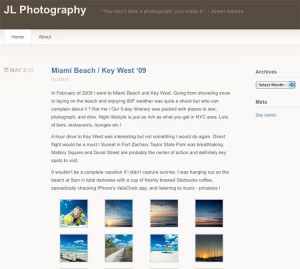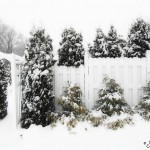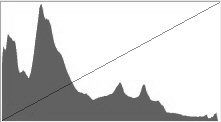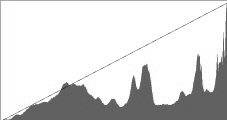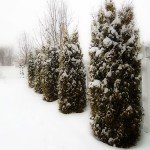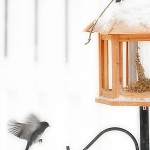Archive for category Photography
JL Photography Blog
Posted by admin in Photography on May 2nd, 2009
Long time coming ! JL PHOTOGRAPHY BLOG is alive and kicking. The BLOG will be dedicated to general photography – my true passion ! Feel free to set it up via OUTLOOK or RSS feed tools and stay on top of future updates. Let me know what you think and enjoy !
How to photograph snow ?
Posted by admin in Photography on February 22nd, 2008
Just when I thought 2008 winter was almost over, we got hit with another 7″ snow storm. My company closed so I shoveled in the morning, later grabbed the camera and took few photographs around the house. Lots of people who are new to photography always wonder why their pictures of snow come out gray and dull. Answer is simple, thank your camera’s auto-settings ! Even though we spend chunk of change on our photo equipment, our cameras are not smart enough to know that what our eyes are looking at, is actually white snow. Auto metering system will look at the snow to find it as an overexposed and/or brightly lit object and it will automatically attempt to “correct” the exposure by underexposing to get as close to middle gray as possible. This will “always” happen on overcast day since auto metering system doesn’t know the difference between white snow on cloudy day vs. gray object on sunny day. Photograph on the left was taken in Auto Mode. Photograph on the right was taken in Manual Mode.
* click on right picture *
Now the obvious question. How to successfully photograph the snow ? The answer is fairly simple – Manual Mode or Exposure Compensation. Either route will work like a charm. In Manual Mode, where you set your own Aperture and Shutter Speed, there is no clear cut formula since the outcome depends on what is actually in the frame. Take a sample photograph and check LCD if you are blowing the highlights (* overexposing whites). If you are, increasing the shutter speed will reduce the amount of light and subsequently eliminate blown up highlights. Keep sampling until you hit “the sweet spot.” Become familiar with Histogram – the greatest photo tool ever ! Simply put, Histogram is pixel location indicator. High peaks on the left of Histogram indicate that photograph is underexposed – dark. High peaks on the right of Histogram indicate that photograph is overexposed – bright. High peaks in the middle of Histogram indicate that photograph is “correctly” exposed.
“correctly” exposed photograph
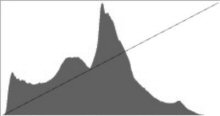
The other route is Exposure Compensation which is even simpler. Exposure Compensation is a feature of a camera that allows you to adjust the exposure measured by its light meter. Usually, the range of adjustment goes from +2 to -2 EV in 1/3 steps. This means that you can adjust the exposure measured by the light meter by telling the camera to allow more light in (positive exposure compensation) or to allow less light in (negative exposure compensation). Now how this technical nonsense applies to snow ? Increasing your Exposure Compensation by +1 or so will deliberately overexpose your photograph and produce white and “fluffy” snow.
That is it for now. Stay warm and keep snapping ! Please let me know if there are any questions and/or comments.
